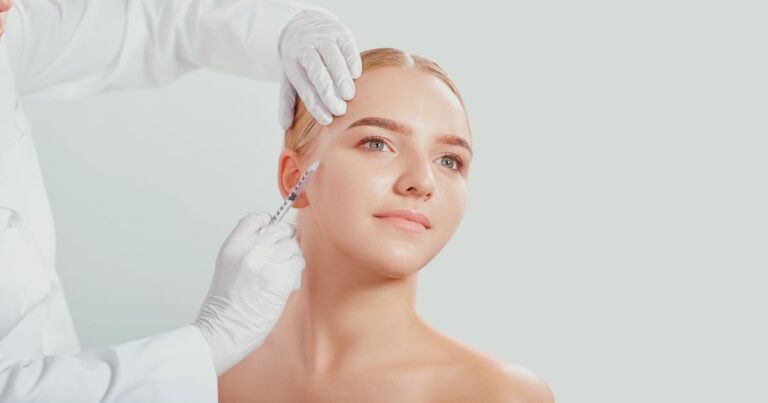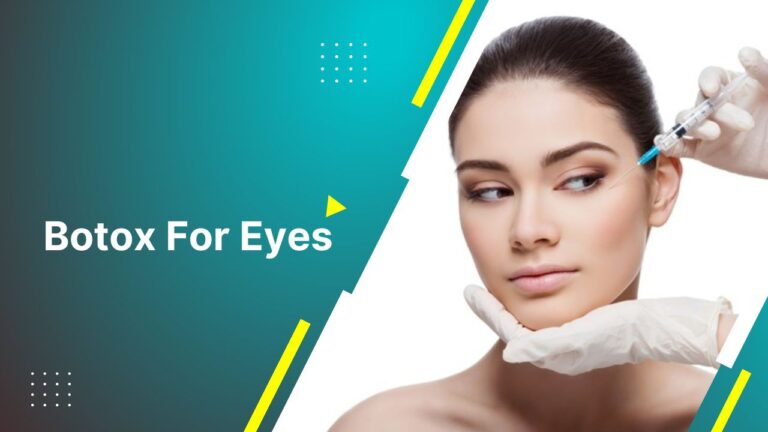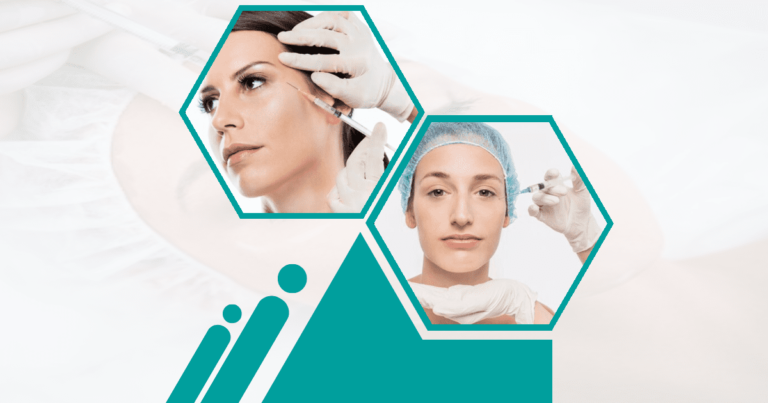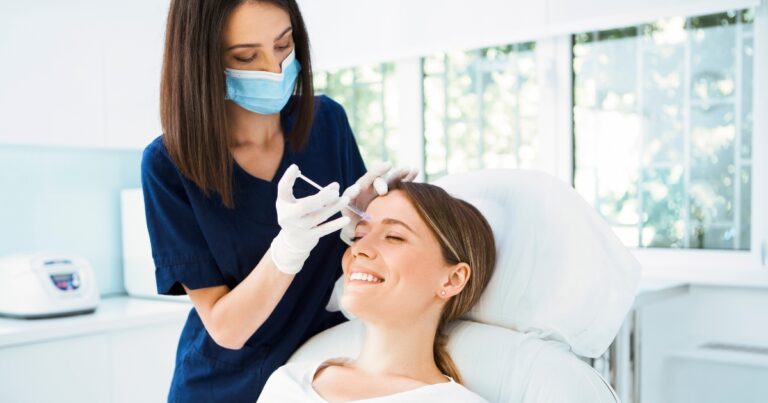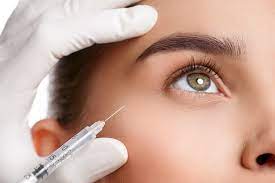The increasing use of Botox for looks and health reasons is becoming more common these days. Many people choose Botox based on factors like what society expects, how they feel about themselves, and money concerns. These reasons can differ a lot depending on whether you’re a man or a woman. Looking into the gender dynamics for Botox helps us see these differences more clearly.
This article talks about the many things that affect why men and women use Botox.
| Factor | Impact on Women (%) | Impact on Men (%) | Key Insights |
| Media | 80% | 50% | Youthful women are idealised in the media. |
| Culture | 90% | 20% | Ageing is more stigmatised for women. |
| Workplace | 60% | 30% | Career prospects are tied to appearance. |
| Peer Pressure | 65% | 25% | Social norms affect women more. |
| Family | 20% | 20% | The lesser impact varies individually. |
The Male Gaze and Botox
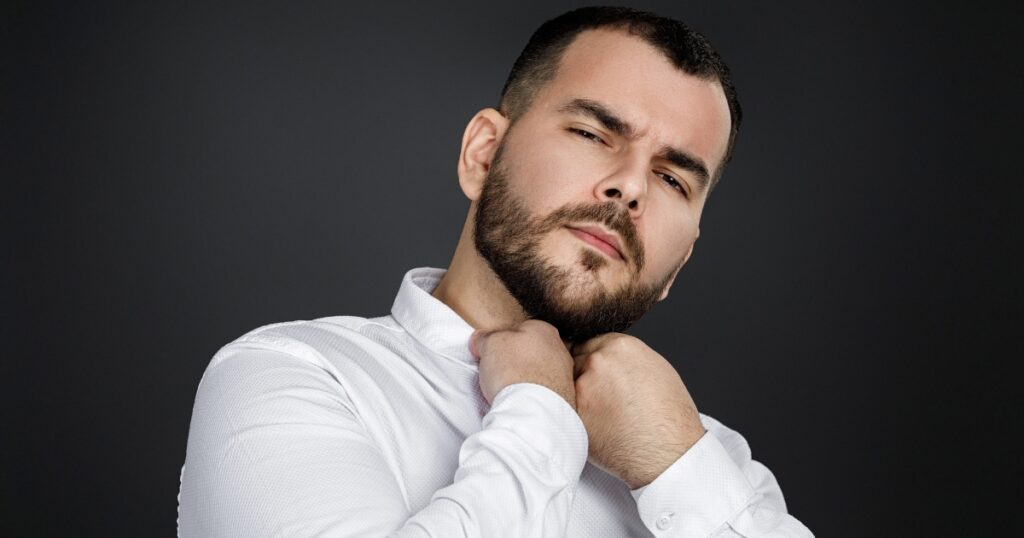
The “male gaze” concept refers to how women are often viewed through a male-centric lens, affecting their choices, including Botox. This societal construct can lead women to seek Botox treatments to conform to male expectations of beauty. However, this complex issue intersects with individual agency and broader cultural norms.
| Factor | Description | Impact on Botox Decision |
| Societal Norms | Standards often dictated by male-centric views of beauty | Increased likelihood of seeking Botox |
| Advertising | Campaigns are frequently designed with the male gaze in mind | Promotes Botox as a solution to meet standards |
| Ageism | Focus on youthful appearance | Encourages older women to use Botox for anti-ageing |
| Objectification | Reduced emphasis on internal qualities | Drives focus on physical enhancements like Botox |
| Health Risks | Potential medical issues overshadowed by beauty norms | Risks may be ignored in favour of aesthetic goals |
| Empowerment | Some women find choice in cosmetic procedures empowering | Could counter or reinforce the male gaze |
| Cultural Context | Varied impact depending on cultural norms | Botox attitudes can differ widely among cultures |
| Economic Factors | High market demand for beauty treatments | Fuels the Botox industry, driven partly by the male gaze |
Botox and Masculinity: Breaking Stereotypes
The use of Botox among men is on the rise, challenging traditional notions of masculinity. Men are increasingly seeking Botox treatments for both aesthetic and medical reasons. This shift indicates a broader change in societal attitudes towards men and self-care.
Book A Consultation With Dr Tarek Bayazid
Top-rated Plastic Surgeon For Botox in Dubai
Installment Plan Available
| Factor | % Change in Recent Years | Impact on Stereotypes & Masculinity |
| Men Seeking Botox for Aesthetic Reasons | 20% Increase | Challenges the notion that beauty treatments are exclusively for women |
| Men Seeking Botox for Medical Reasons | 15% Increase | Expands the understanding that Botox can be a medical necessity for men as well |
| Men Discussing Botox Openly | 30% Increase | Indicates a reduction in stigma and increased social acceptance |
| Media Coverage on Men & Botox | 25% Increase | Signals changing societal attitudes toward men and self-care |
| Botox Marketing Targeting Men | 40% Increase | Reflects and reinforces the shift in consumer behaviour |
| Age Group Most Active in Botox (Men) | 40-55 Years | Challenges the stereotype that self-care is for younger men only |
Marketing Strategies: Targeting Gender Demographics
Botox marketing strategies often vary depending on the target gender demographic. While women are traditionally the focus of Botox advertising, companies are increasingly targeting men. This shift reflects changing societal norms and the growing market among male consumers.
| Marketing Channel | Focus on Women (%) | Focus on Men (%) | Notes |
| TV Commercials | 80% | 20% | Traditional media often targets women. |
| Social Media | 75% | 50% | Instagram, etc., target both genders. |
| Magazines | 85% | 15% | Women’s magazines frequently feature Botox ads. |
| Online Ads | 50% | 50% | Targeted ads can reach both genders. |
| Celebrity Endorsement | 70% | 50% | Celebrities of both genders are used in marketing. |
| Special Promotions | 50% | 50% | Gender-specific promotions are common. |
The Influence of Celebrity Culture on Gender and Botox
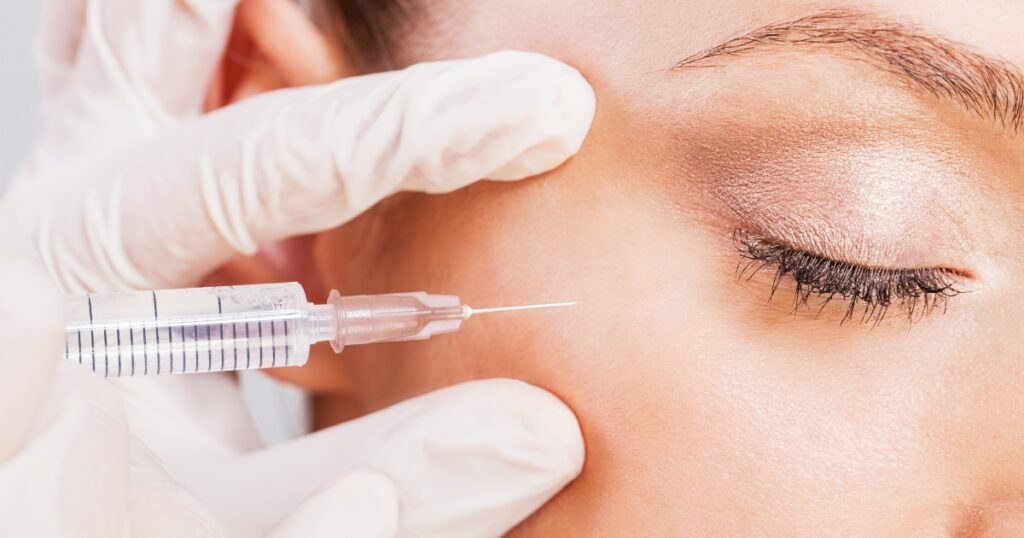
The role of celebrities has a great impact on how Botox is perceived among different genders. High-profile endorsements can normalise the procedure and make it more socially acceptable. Both male and female celebrities have contributed to this trend, although the impact varies depending on the target audience.
| Celebrity Type | Influence on Women (%) | Influence on Men (%) | Notes |
| Female Celebrities | 85% | 20% | Women may relate more to female celebrities. |
| Male Celebrities | 20% | 80% | Men may find male celebrities more relatable. |
| Influencers | 75% | 55% | Social media influencers have a broad reach. |
| Athletes | 20% | 60% | Male athletes discussing Botox can normalise it for men. |
| Musicians | 50% | 50% | Influence varies based on fan base. |
| Reality TV Stars | 80% | 20% | Shows like “Keeping Up with the Kardashians” have a primarily female audience. |
Economic Factors: Gender Disparities in Botox Expenditure
Economic factors affect how men and women approach Botox treatments. Generally, women spend more on Botox and other cosmetic procedures, but the gap is narrowing as more men opt for these treatments. Economic disparities also exist within gender groups, influenced by age, income, and geographic location.
| Economic Factor | Impact on Women (%) | Impact on Men (%) | Notes |
| Income Level | 70% | 50% | Higher-income allows for more discretionary spending. |
| Insurance | 10% | 10% | Botox is rarely covered by insurance. |
| Geographic Location | 50% | 50% | Costs can vary by region. |
| Career | 60% | 30% | Some professions place a higher emphasis on appearance. |
| Cultural Factors | 55% | 25% | Cultural norms can influence spending habits. |
Psychological Impact: Self-Esteem and Gender
Botox can have varying psychological impacts on men and women, often related to self-esteem and body image. While some find the procedure empowering, others may experience increased anxiety or dissatisfaction. Various factors, including societal norms and personal experiences, influence these psychological effects.
| Economic Factor | Impact on Women (%) | Impact on Men (%) | Notes |
| Income Level | 70% | 50% | Higher-income allows for more discretionary spending. |
| Insurance | 10% | 10% | Botox is rarely covered by insurance. |
| Geographic Location | 50% | 50% | Costs can vary by region. |
| Career | 60% | 30% | Some professions place a higher emphasis on appearance. |
| Cultural Factors | 55% | 25% | Cultural norms can influence spending habits. |
Medical Concerns: Are There Gender-Specific Risks?

While Botox is generally considered safe, there are questions about whether the risks and side effects differ between genders. Research is ongoing, but current data suggests that men and women may experience Botox differently due to physiological factors. However, more studies are needed to draw conclusive results.
| Medical Factor | Impact on Women (%) | Impact on Men (%) | Notes |
| Hormonal Fluctuations | 50% | 20% | Hormones can affect how Botox interacts with the body. |
| Muscle Mass | 20% | 60% | Men may require higher doses due to muscle mass. |
| Side Effects | 40% | 40% | Both genders can experience side effects like bruising. |
| Pre-existing Conditions | 40% | 40% | Medical history can influence risks. |
The Botox industry has been affected by a number of factors, such as promotional methods, celebrity influence, and societal standards, that have changed over time. However, gender-related considerations remain a critical component that informs the treatment’s reception and application. As societal perceptions of gender continue to evolve, so too will the Botox industry, providing fresh opportunities for research, ethical discourse, and inclusivity.
Do not forget to make a list of Questions to Ask Your Botox Provider Before Getting Injected.
Dr Tarek Bayazid is a member of prestigious societies like ISAPS and MAFAC, holding both Serbian and Dubai Health Authority licenses. With an MD from Belgrade University and training under Europe’s top plastic surgeons, Dr Tarek is dedicated to excellence in health and beauty. Whether seeking non-surgical enhancement or a full suite of surgical procedures, Dr Tarek’s patient-focused approach ensures unsurpassed outcomes.
Are you ready to explore the best aesthetic solutions tailored just for you? Book a consultation with Dr Tarek Bayazid today and learn How much Botox do you need.
FAQs
What are the critical factors in gender dynamics for Botox?
Societal expectations, media influence, and economic factors are some of the critical elements that shape the gender dynamics for Botox.
How do men and women perceive Botox differently?
Women often face societal pressure to maintain a youthful appearance, while men increasingly use Botox to enhance masculine features. These perceptions are part of the complex gender dynamics for Botox.
Are there any gender-specific risks associated with Botox?
While Botox is generally considered safe, ongoing research aims to identify any gender-specific risks, adding another layer to the gender dynamics for Botox.
How do marketing strategies target gender dynamics for Botox?
Marketing strategies often vary based on gender demographics. For example, women are frequently targeted for anti-ageing benefits, while men may see ads focusing on enhancing masculine features.



